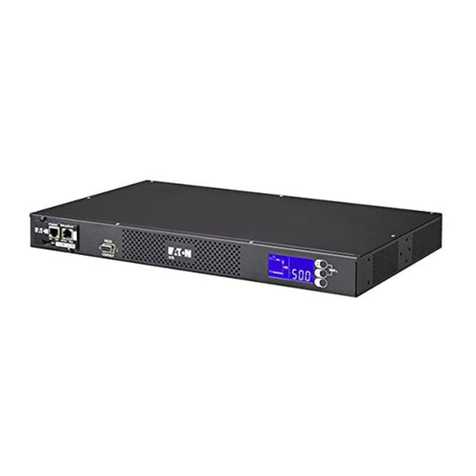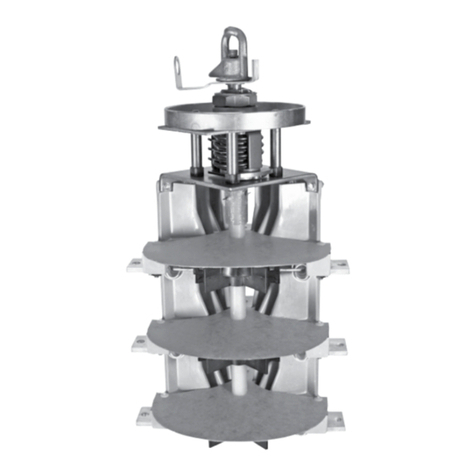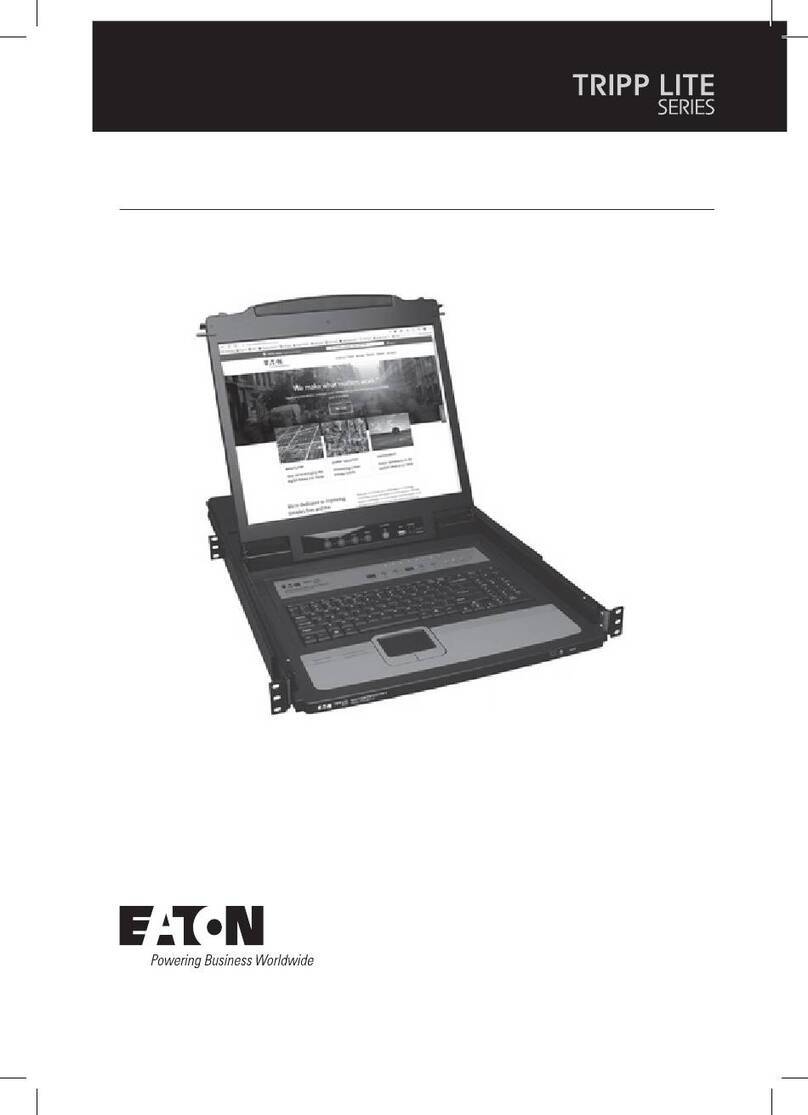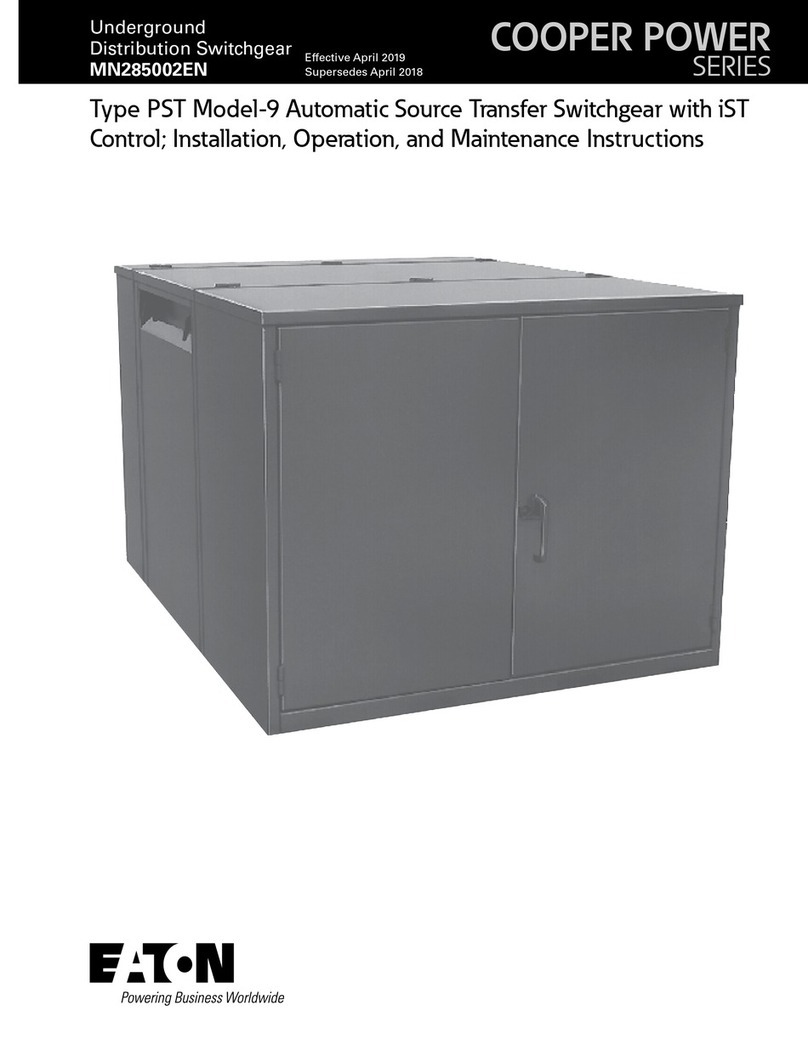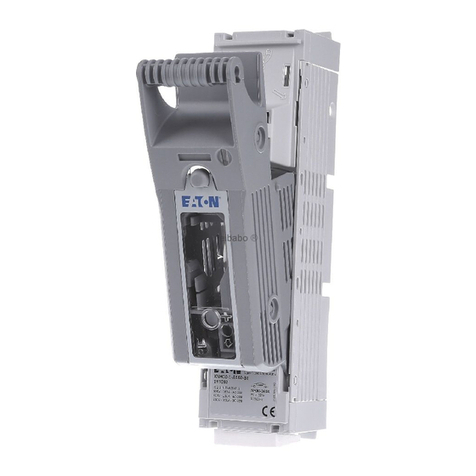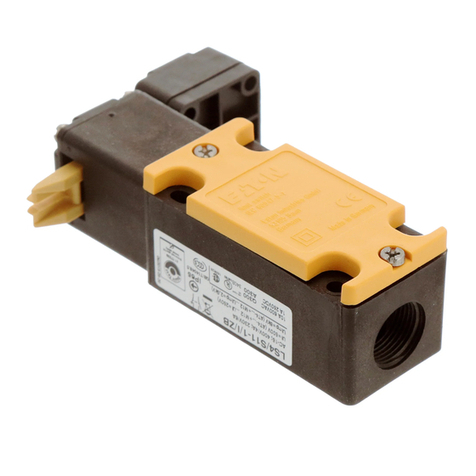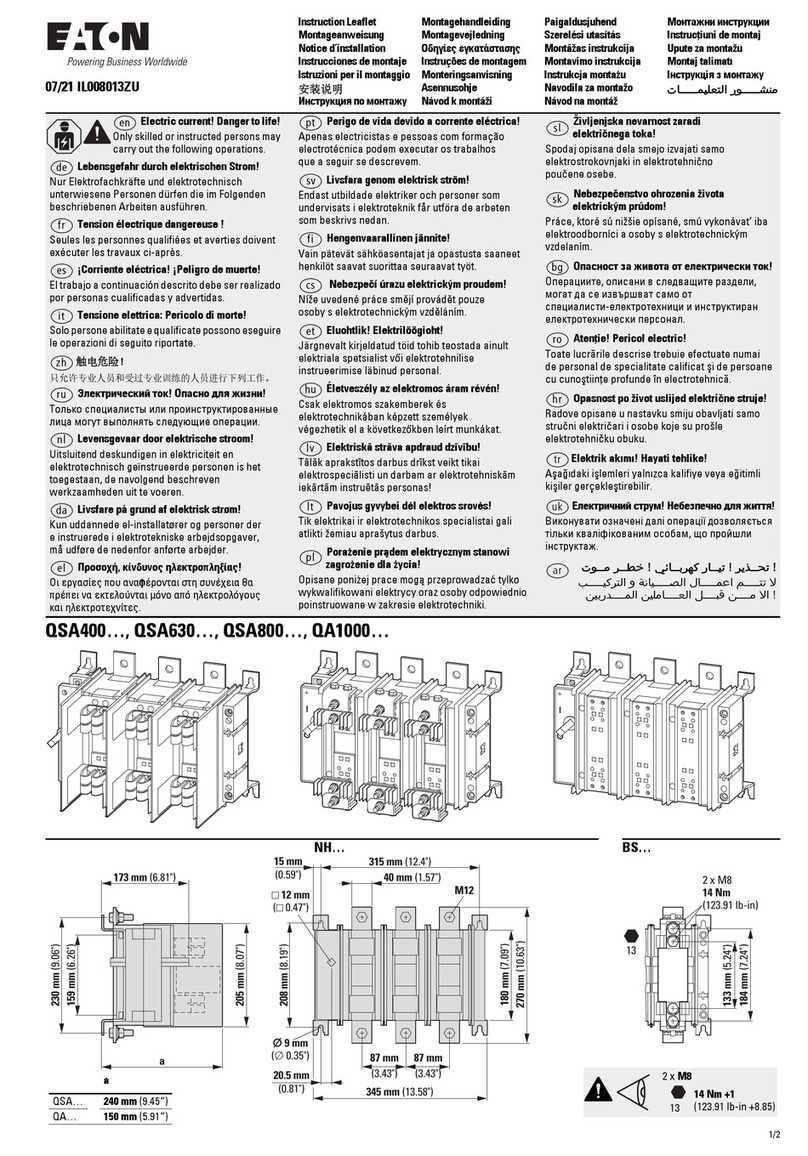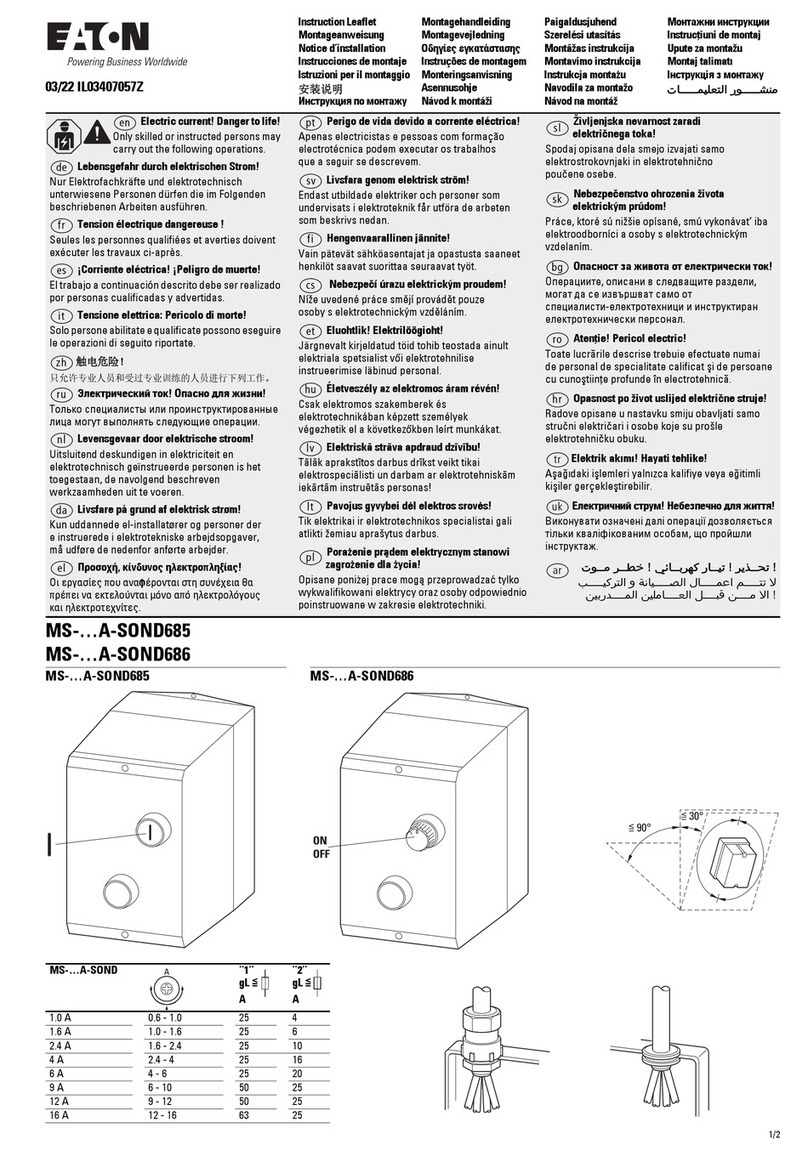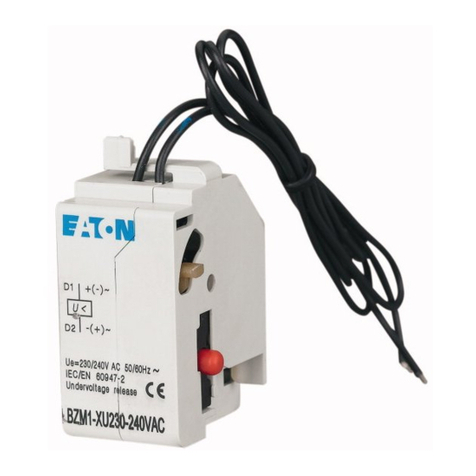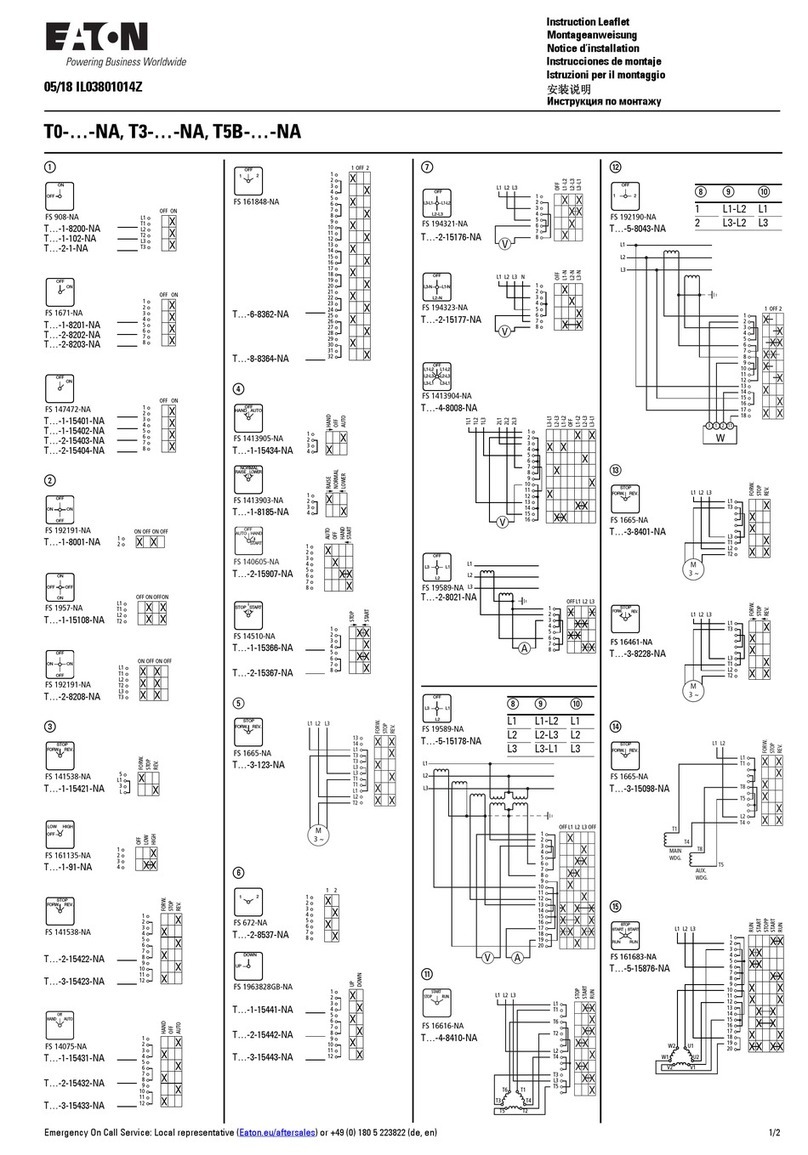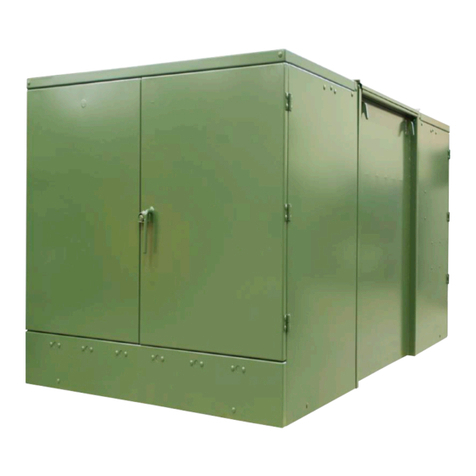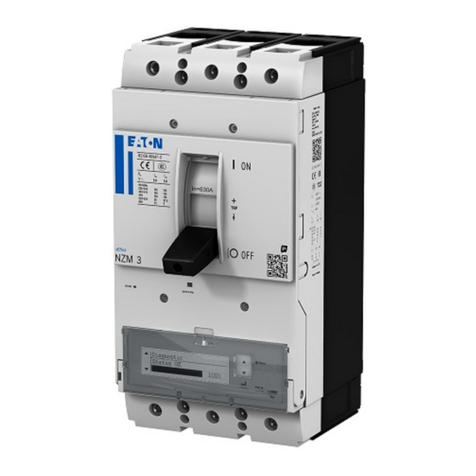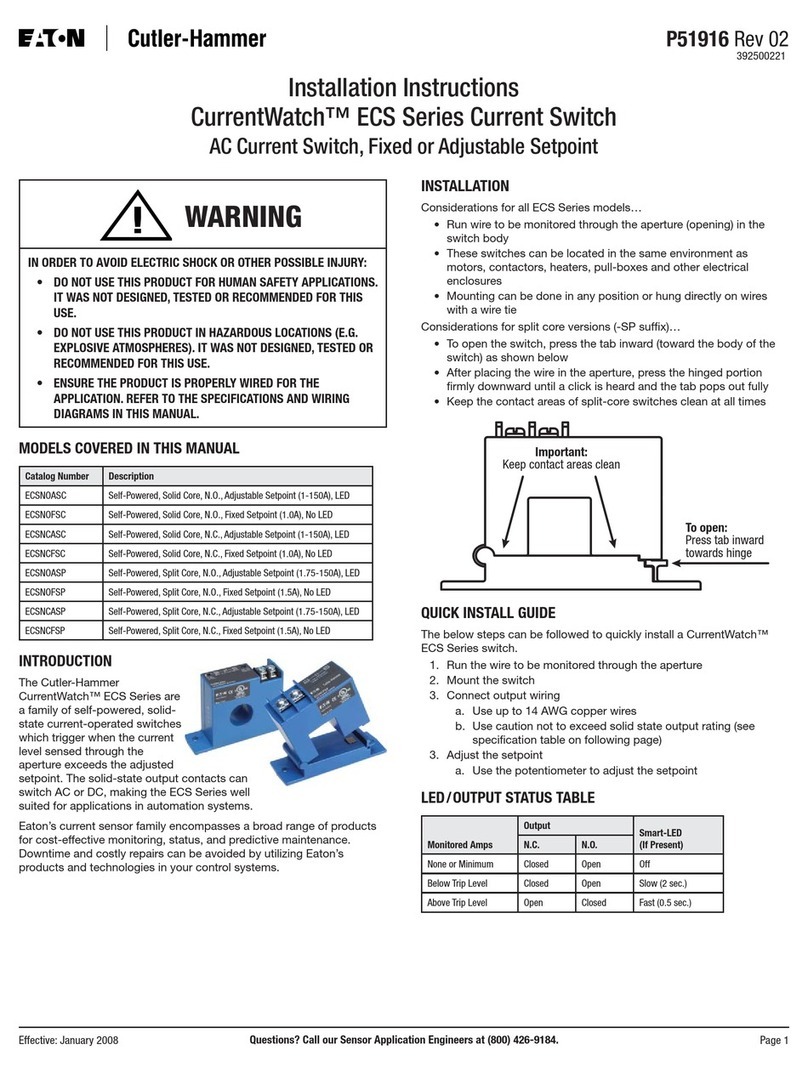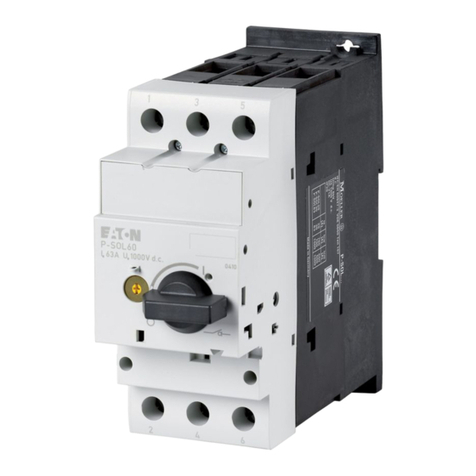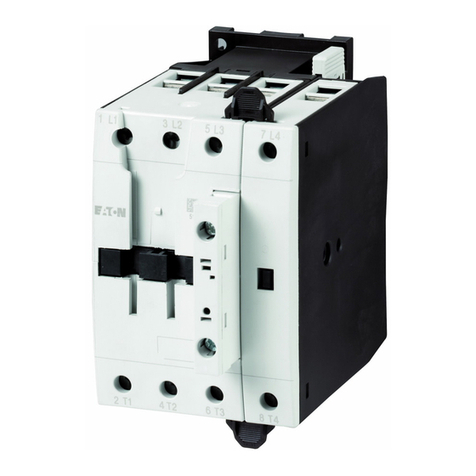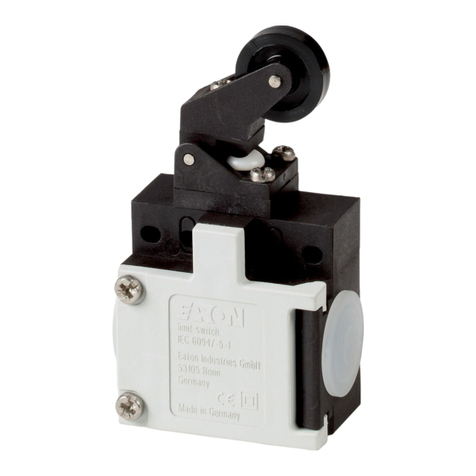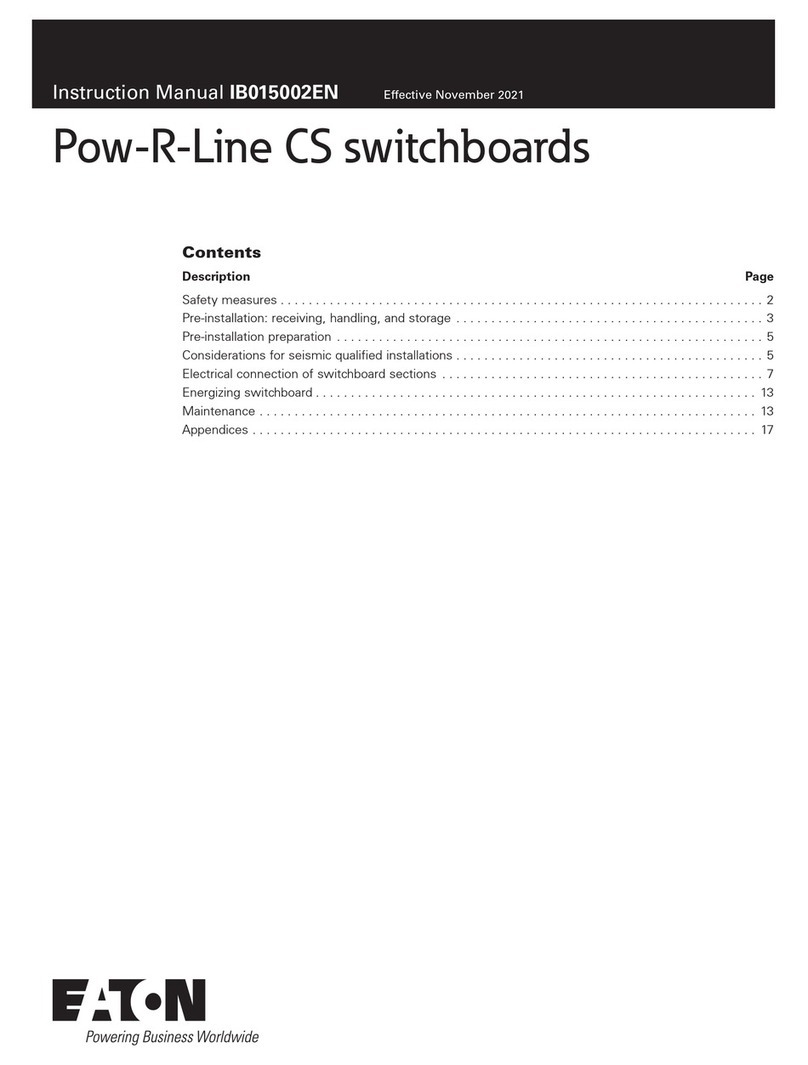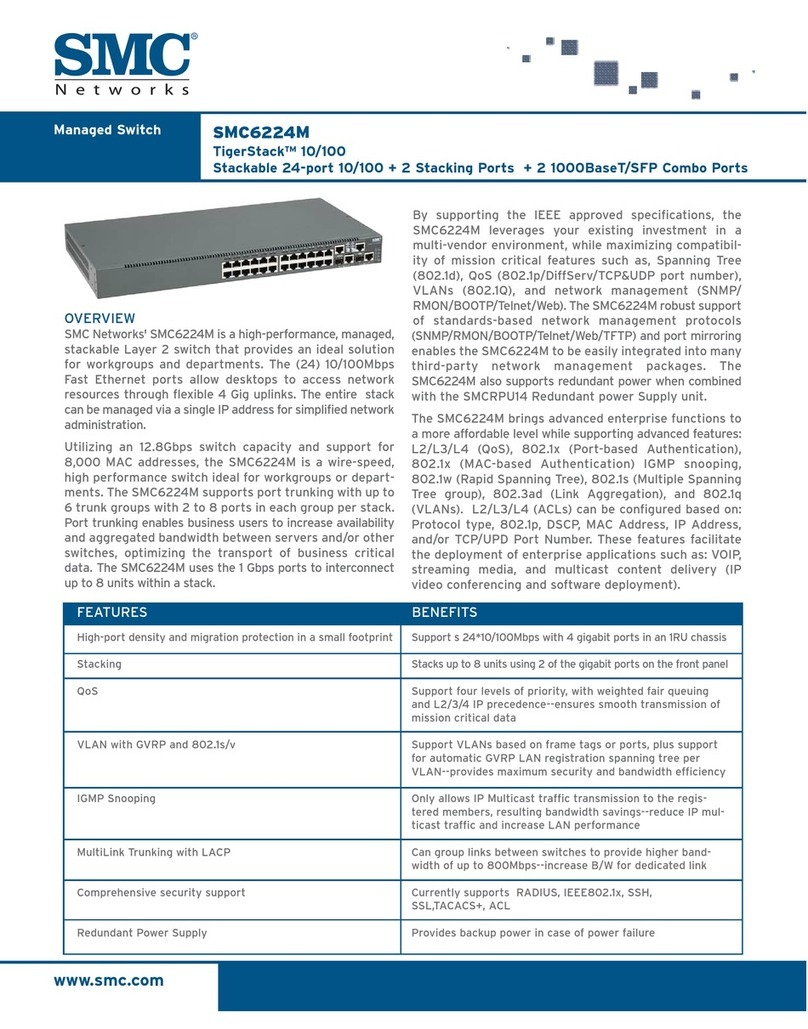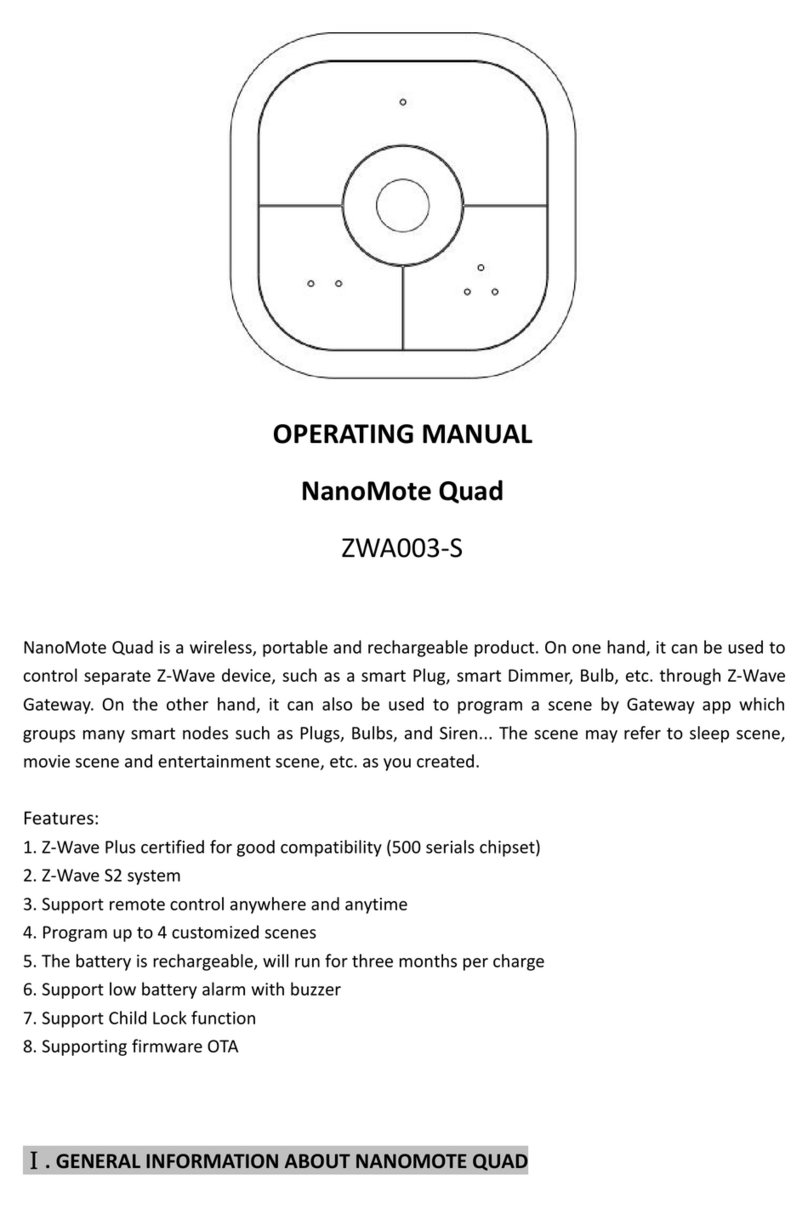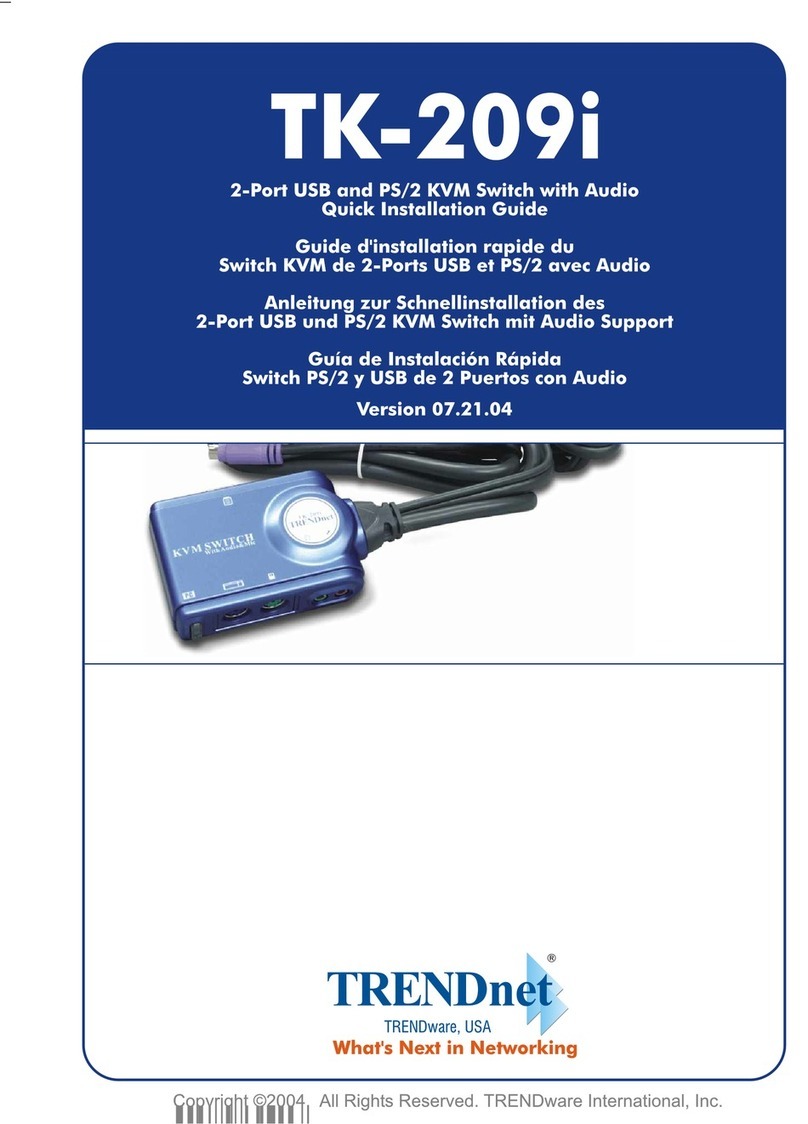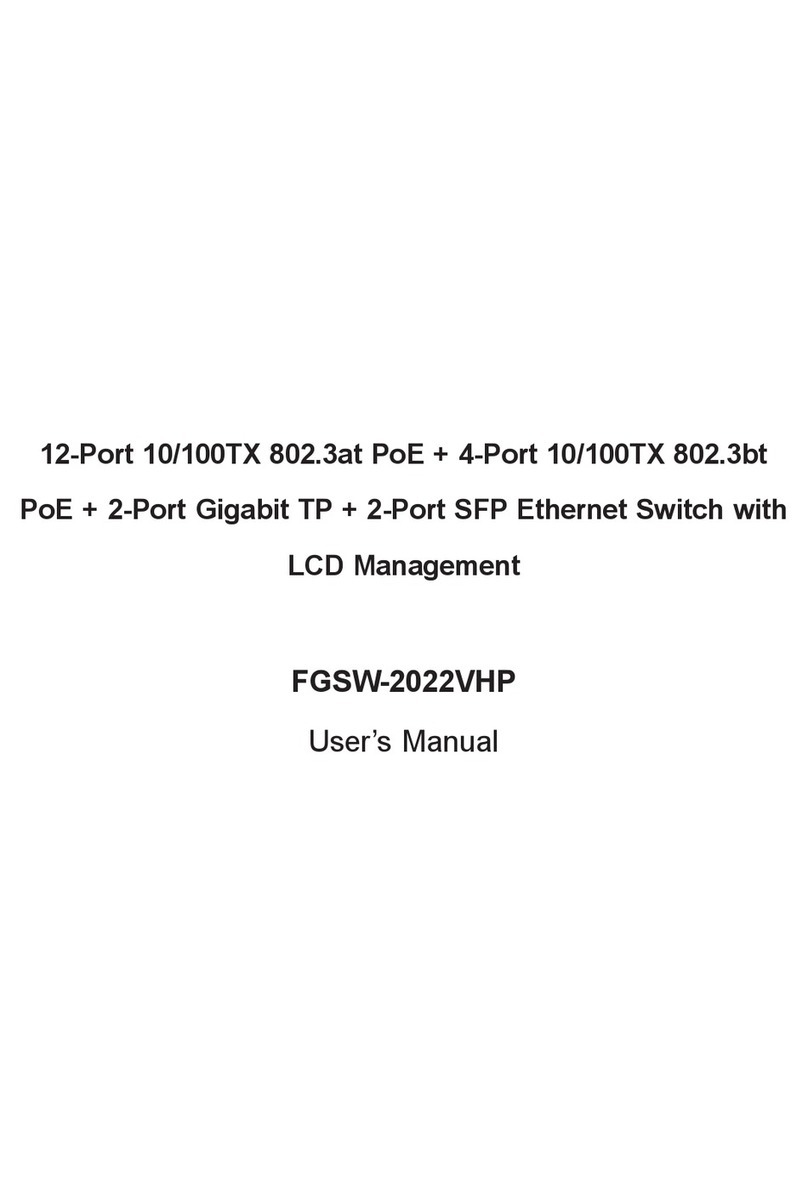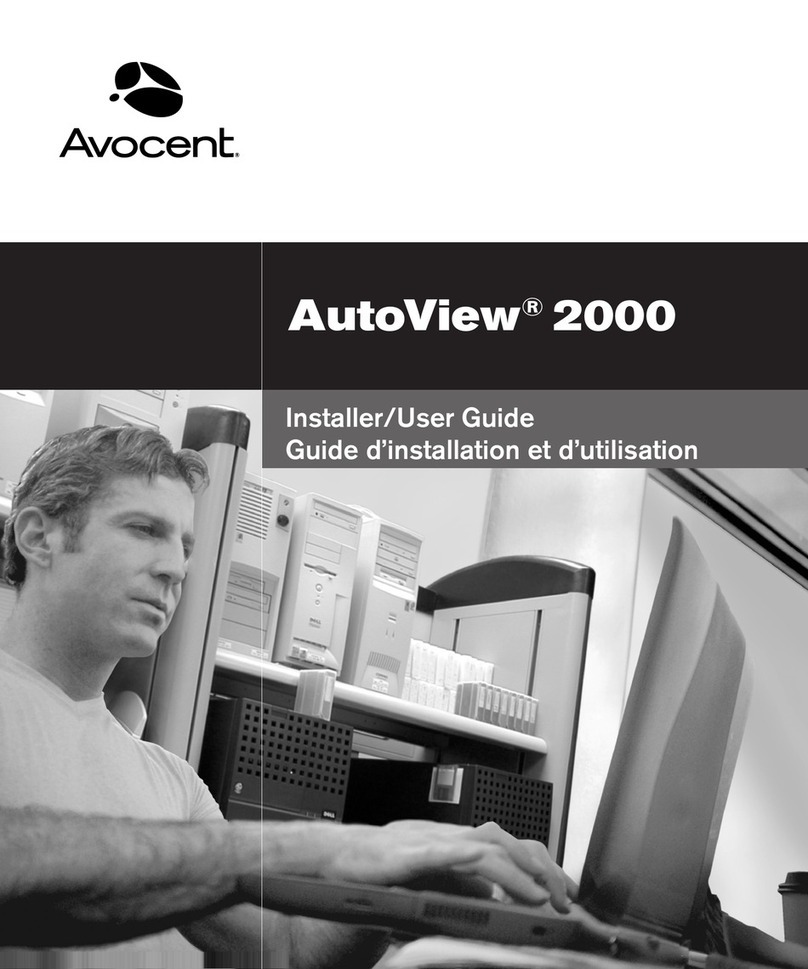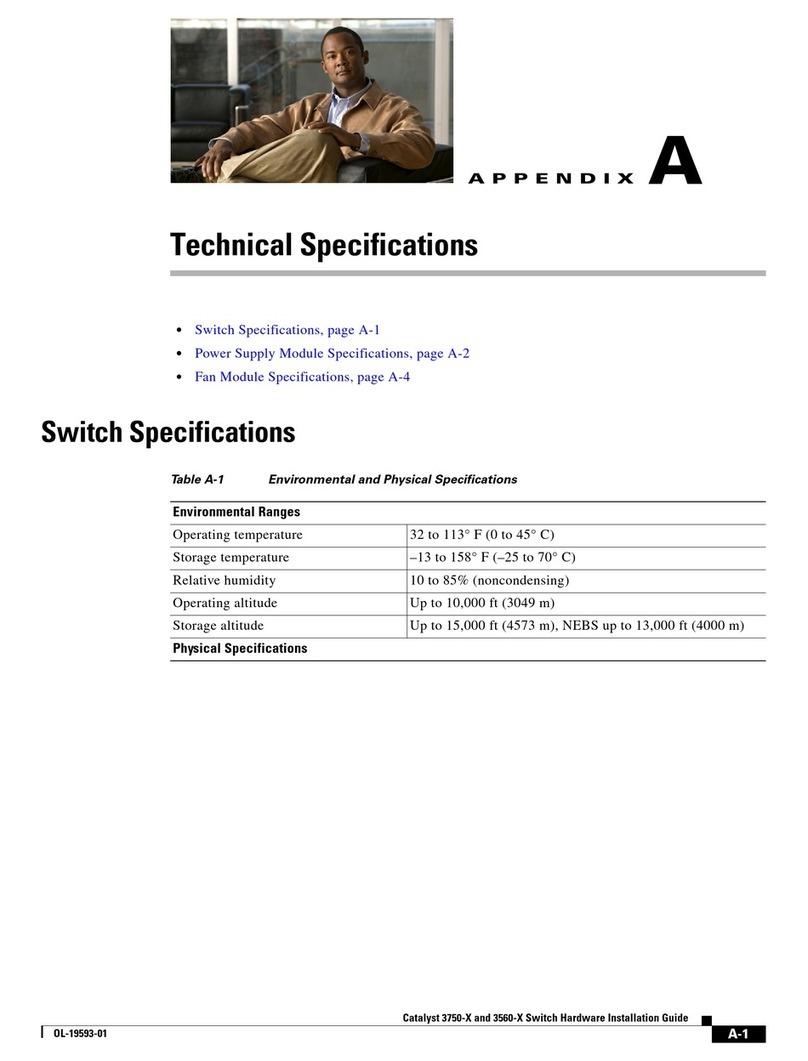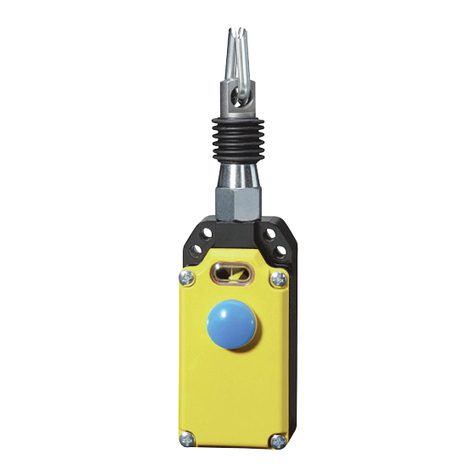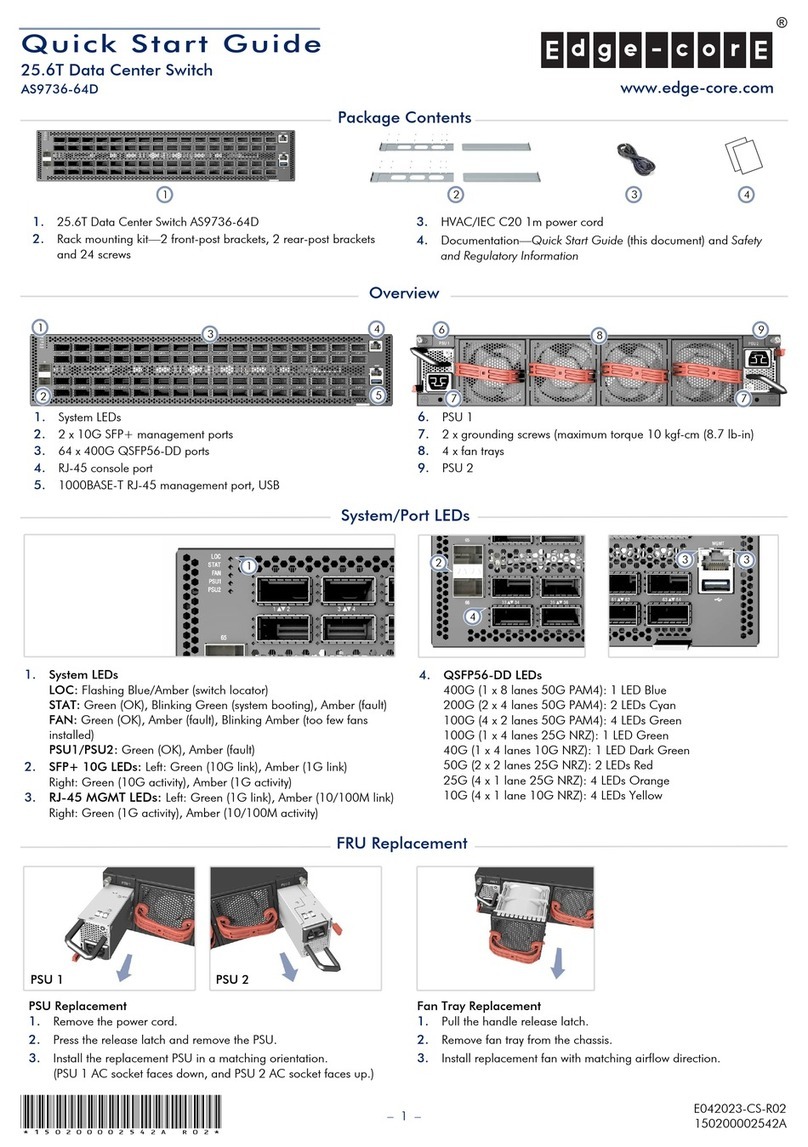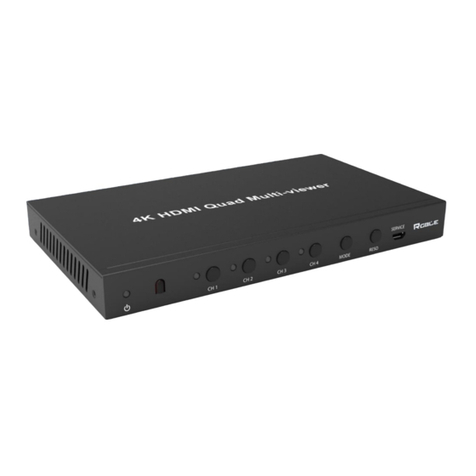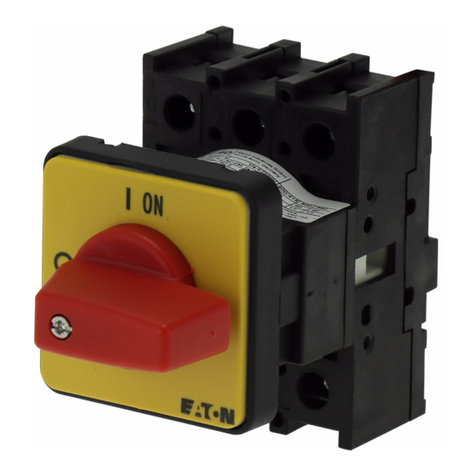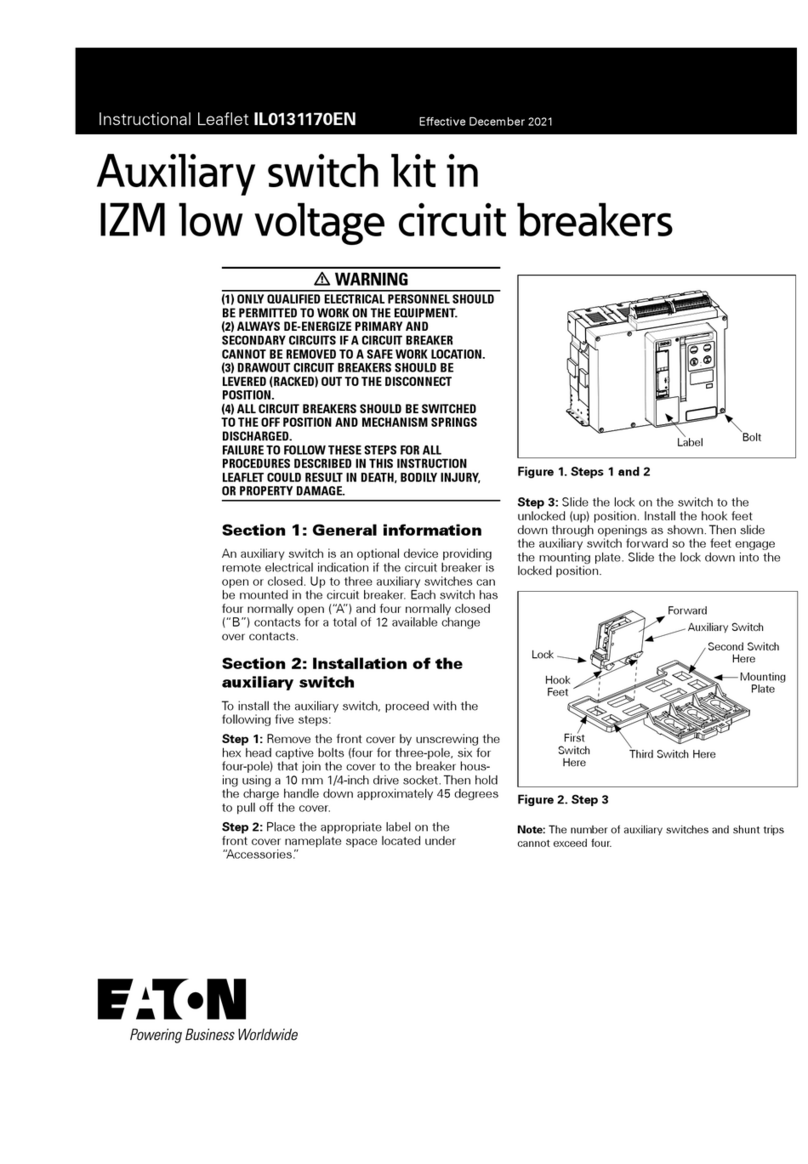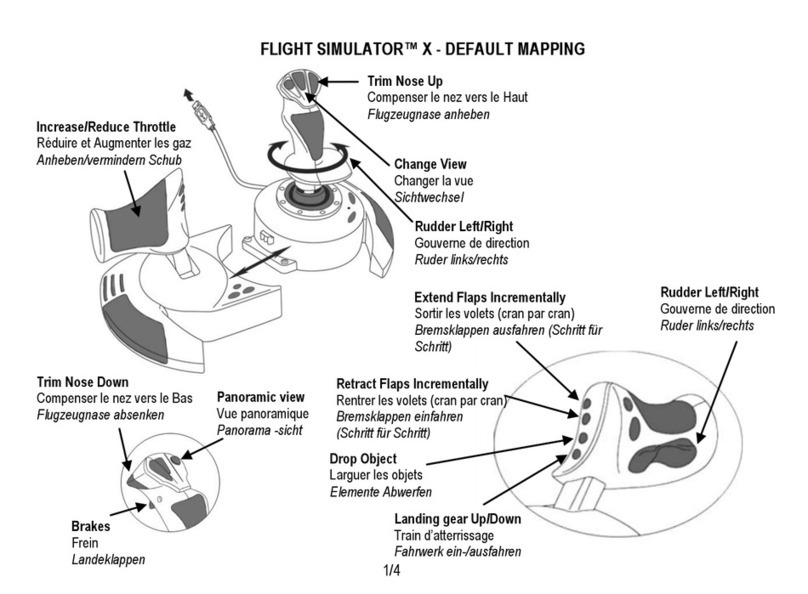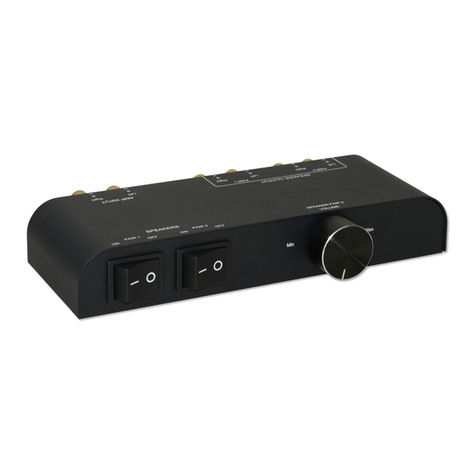
Types H, 4H, and V4H maintenance instructions
6MAINTENANCE INSTRUCTIONS MN280052EN May 2017
2. Thoroughly clean exterior.
3. Inspect external components.
A. Check for broken or cracked bushings. Replace
as necessary. (See the Shop Maintenance
Procedures section of this manual.)
B. Check for paint scratches and other mechanical
damage. Repair or replace as required.
C. Note counter reading and enter into the record log.
4. Perform an insulation level withstand test to check
the insulation level of the recloser. See the Insulation
Level Withstand Tests section of this manual.
CAUTION
Equipment damage. Recloser must be open (yellow
operating handle, under sleet hood, down) before
untanking. Tripping the mechanism out of oil will
cause excessive mechanical shock to the operating
mechanism, which will cause accelerated wear and/or
damage to the mechanism. T202.0
5. Manually operate yellow handle until lockout is reached
to verify that recloser is working properly. Leave the
recloser in the open position.
6. Loosen bolts that secure head casting and remove
mechanism from tank. (The gasket seal can be broken
by carefully prying apart the head and tank.) Allow oil to
drain off the mechanism.
CAUTION
Dielectric failure, equipment damage. Never use
volatile solutions, detergents, or water-soluble
cleaners when cleaning the interior of this equipment.
These cleaners will contaminate the insulating oil,
reducing its dielectric strength. Operation with
contaminated insulating oil can result in internal
flashovers that will cause equipment damage and
possible personal injury. T201.2
7. Clean all internal components.
A. Remove all traces of carbon by wiping with a clean,
lint free cloth.
B. Flush mechanism with clean, dry transformer oil.
8. Remove bushings, clean, and inspect.
9. Replace all external seals and gaskets.
10. Inspect mechanism for cracks, carbon tracking, flashovers,
or other damage. Repair or replace as required.
11. Inspect contacts and interrupting structures.
For H and 4H recloser:
A. Slight pitting and discoloration can be dressed with
polishing-grade sandpaper.
B. Replace moving contacts and interrupting
structures if they are severely eroded.
For V4H recloser:
See the Vacuum Interrupter Check section of
thismanual.
12. Inspect tank liners. Soft or spongy areas indicate
that water has been absorbed. Replace liners if this
condition exists. Locate the seam of the tank liner
opposite the pole-mounting bracket, see Figure 8.
Figure 7.
Pole-mounting
bracket
Interrupter
assembly
Sleet hood
Tank liner
seam
Orientation of tank liner
13. Check the dielectric strength of the insulating oil.
A. The dielectric strength should not be less than
22kV when tested with a 2.5 mm (0.1 in.) gap in
accordance with methods specified in ASTM D117.
B. Low dielectric strength usually indicates presence
of water or carbon deposits.
14. If oil must be replaced, drain the tank and clean out all
sludge or carbon deposits.
15. With the mechanism removed, fill the tank with clean
insulating oil to level marked on tank liner. Capacity is
approximately four gallons for Type H or five gallons
for Types 4H and V4H. Use only new or like-new
reconditioned insulating oil that conforms to the
specifications in Reference Data TD280022EN: Reclosers,
Sectionalizers, Switches: Oil Specifications and Tests.
16. Examine head gasket. Replace the o-ring gasket if it
has taken a permanent set.
1 7. Replace the mechanism in the tank.
A. Replace the head bolts and torque to 15–22
N•m (11–16 ft•lb). Clamping forces must be
applied gradually and equally, in rotation, to each
bolt. This results in evenly distributed gasket
sealingpressure.
B. Operate the recloser manually approximately eight
times to expel all air from the hydraulic system.
C. See the Testing section of this manual; check for
proper operation before returning recloser to service.

